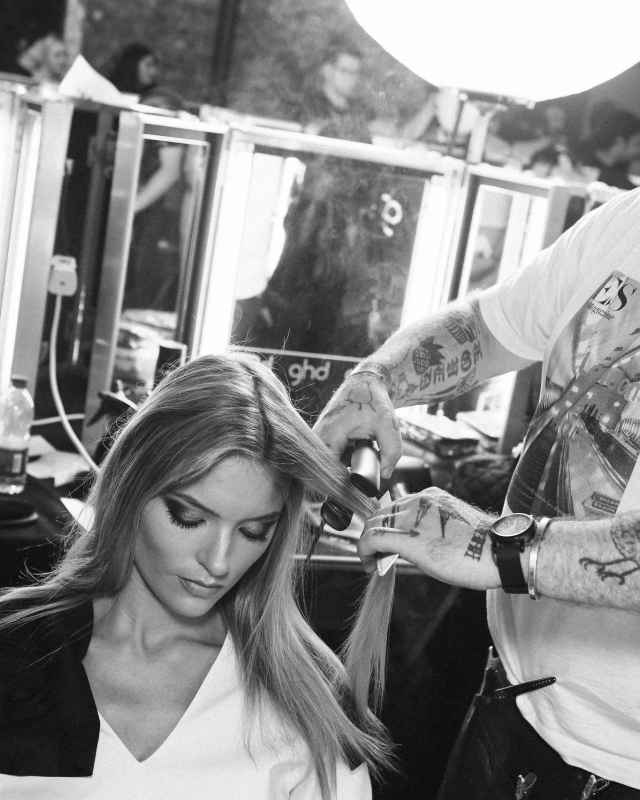Learn the Hairdressing lingo to help you communicate with your stylist
While some people love nothing more than discussing looks with their hairdresser, others may find it daunting, especially when you don’t know how to ask for exactly what you want.

We know that every client is unique and therefore each hair consultation is different. Some people are more confident than others and at Adam Reed London we want you to feel comfortable at all times. For those of you that struggle to explain what you're after, we’ve curated a glossary with key hairdressing terms to help you communicate your vision with your stylist.
Glossary
Don’t Talk In Inches: This one isn’t a phrase as such, but is a good way to ensure that your stylist gives you exactly the cut you’re after. Try showing them where you would like your length by using your body as reference points, e.g. collar bone or chin etc. This way you can avoid panicking when you see a mound of hair slowly piling up on the floor beneath your chair.
Face-Framing Layers: This involves your stylist cutting your hair in varying lengths around the front of your face, to define your facial features. A good way to make sure that you get the correct length layers that you are after, is by starting off by telling your stylist how long you want your shortest layer to be.
Shaggy Layers: A very layered haircut, generally for those with thick, full hair who are looking to remove density and weight. The usual technique for this are layers on the crown that gradually get longer as you work your way down to the ends of the hair.
Balayage: Balayage colour is a popular and modern highlighting technique that doesn’t use foils. Your colourist will hand-paint colour directly onto the hair to curate a more natural blended look that grows out nicely.
Curl Pattern: Your hair curl pattern is the shape of your hair’s spiral. It can be useful to know your hair pattern so you can buy the best products for your hair type. A good way to find out is to gently use a wide tooth comb on washed, conditioned, wet hair. You should be able to tell if it is either a soft ‘s’ spiral, a zig-zag, kinky or a loose curl.
Feathering: Ask for this cutting technique if you would like to soften the harsh lines of your haircut.
Highlights VS Lowlights : Highlights tend to be 2-3 shades lighter than the hair base colour, whereas lowlights are usually 2-3 shades darker than the base colour. For both, the colour is usually placed in either foils to add depth and dimension.
Babylights: A very fine version of highlights, and a more subtle look that is similar to natural sun-kissed hair.
Beach Waves: This classic style is a wavy windblown tousled look that is often achieved by using a texturising spray and curled from the mid-lengths down.
Asymmetrical Cut: This simply means that the hair is not the same length throughout the cut. For example, a more drastic cut would be an asymmetrical bob, where the hair is longer on one side of the head than the other.
We hope this gives you a few handy tips for when you come to your next appointment. Of course don’t feel you need to use these terms when chatting to your stylist. We’re always here to bounce ideas off and curate your dream look with you, whether you know the lingo or not.

Don’t forget for a limited time only, clients that book using the code CURATES will receive a complimentary L’Oreal Professionnell shampoo & conditioner worth up to £40, handpicked by your Adam Reed London stylist.



